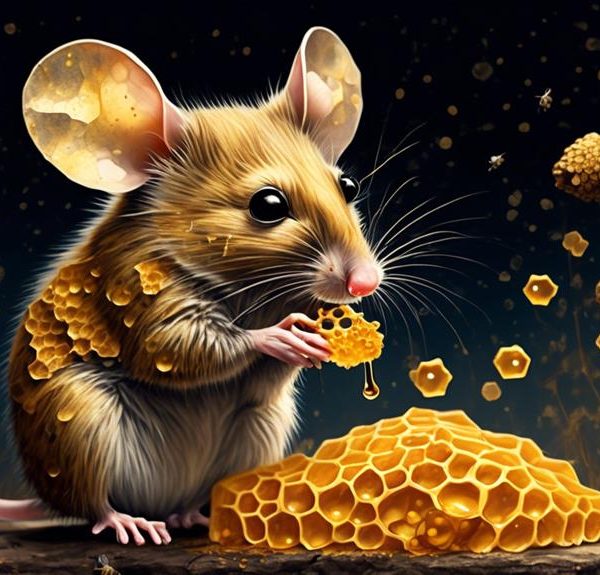Learn about the surprising benefits of milk and honey baths, a skincare secret you'll wish you'd discovered earlier.
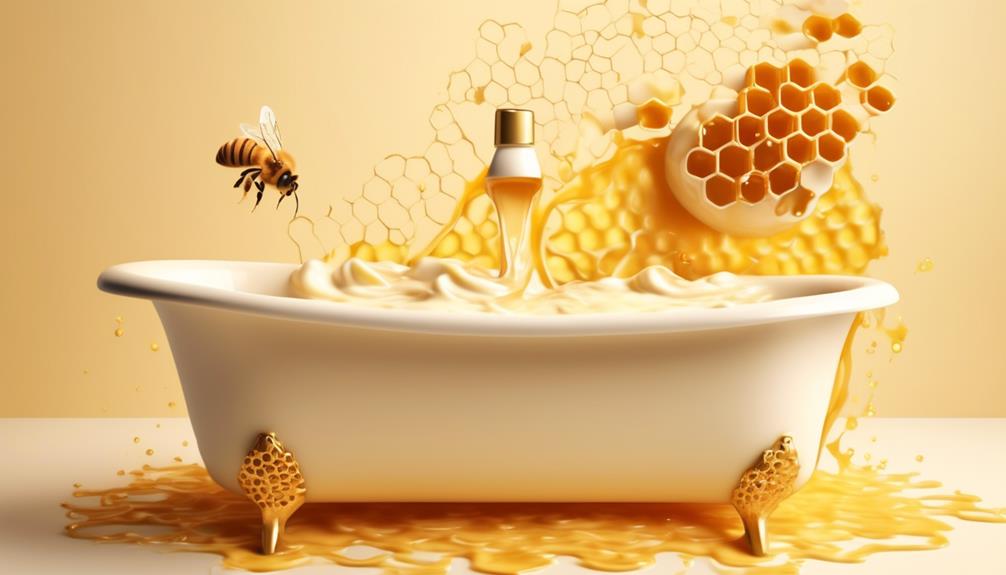
Are Milk and Honey Baths Good for You
In your morning coffee, you'd typically find milk and honey; in your bathtub, not so much. Yet, these two everyday substances are commonly combined and used in a less conventional way: as a soothing bath soak.
As you navigate the realm of skincare and wellness, you might find yourself questioning the purported benefits of this ancient beauty regimen. Scientifically, what potential benefits could immersing yourself in a bath of milk and honey bring?
We're about to explore this intriguing question, and by the end, you may find yourself rethinking your next bath.
Key Takeaways
- Milk and honey baths have a long historical significance dating back to ancient civilizations and have been favored for their skin-nourishing properties by figures like Cleopatra.
- Scientifically, full-fat milk contains proteins and amino acids that promote skin elasticity, while honey acts as a natural humectant, retaining moisture and providing antioxidant and antibacterial benefits.
- The combination of milk and honey in baths exfoliates, brightens, moisturizes, and soothes the skin, promoting cell renewal, maintaining elasticity, and resulting in a brighter complexion.
- It is important to consider risks and precautions such as potential skin irritation for those with lactose intolerance, the attraction of insects with honey outdoors, and the need to test skin reactions, maintain a comfortable bath temperature, and ensure safety on slippery surfaces.
History of Milk and Honey Baths

Delving into the annals of history, you'll find that the practice of taking milk and honey baths dates back thousands of years, notably to ancient civilizations like the Egyptians who treasured its beautifying benefits. This luxurious concoction was believed to be a favorite of Cleopatra, the epitome of beauty and elegance, who reportedly used this method to maintain her youthful appearance.
But it wasn't just the Egyptians who recognized the potential of this natural elixir. The Greeks and Romans also incorporated milk and honey into their beauty regimens, lauding its nourishing and hydrating properties. They believed these ingredients worked synergistically to rejuvenate the skin, leaving it soft, smooth, and glowing.
Even in Ayurveda, the ancient Indian system of medicine, milk and honey baths have a significant place. They're considered 'rasayanas', substances that rejuvenate the body, enhance immunity, and promote longevity.
In the Middle Ages, milk and honey baths were a status symbol, reserved for the elite who could afford such luxuries. Today, they're accessible to everyone and remain a popular choice for those seeking natural skincare solutions. As you can see, the tradition of milk and honey baths has persisted, testament to their enduring appeal and effectiveness.
Scientific Analysis of Key Ingredients
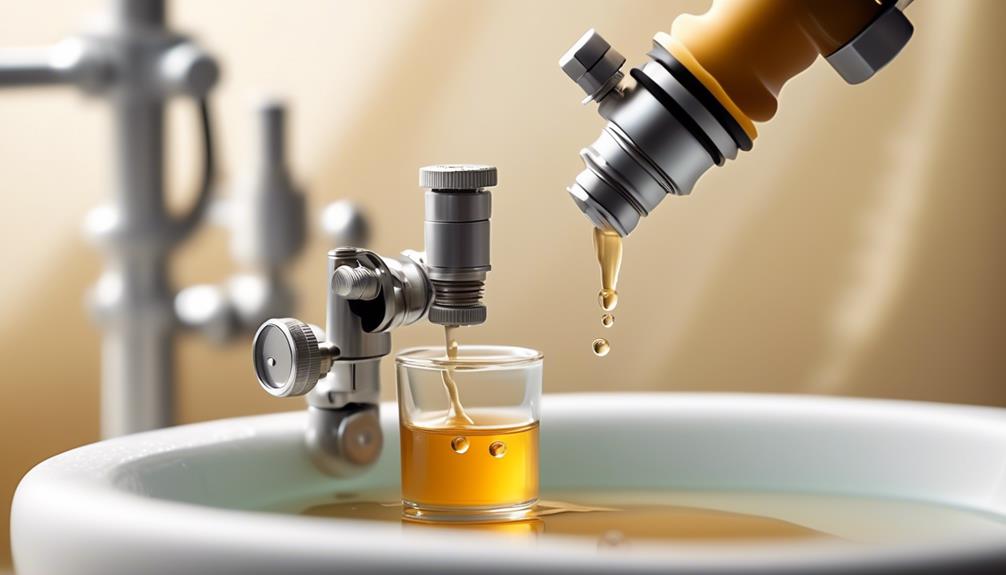
Now, let's delve into the science behind the magic, analyzing the key ingredients of milk and honey that make these baths so beneficial for your skin.
Milk, specifically full-fat or whole milk, is packed with vitamins and minerals essential for skin health. It's rich in proteins and amino acids that promote skin elasticity and strength. Lactic acid, a natural exfoliant found in milk, gently strips away dead skin cells and encourages cell renewal for a brighter, smoother complexion.
Honey, on the other hand, is a natural humectant that draws in and retains moisture, keeping your skin hydrated and plump. It's packed with antioxidants that combat free radicals, preventing cellular damage and slowing down the aging process. Plus, honey possesses incredible antibacterial properties, making it effective in treating and preventing skin infections.
Potential Skin Benefits Explored

With a clear understanding of the scientific makeup of milk and honey, let's explore how these components can significantly enhance your skin health and appearance.
Milk, rich in lactic acid, acts as a powerful exfoliant, removing dead skin cells and stimulating cell renewal. This results in a brighter, smoother complexion. Honey, on the other hand, is a natural humectant. It draws moisture from the air into your skin, keeping it hydrated and maintaining its elasticity.
Here's a quick look at the potential benefits rendered by these elements:
Ingredient | Benefit | Skin Type |
|---|---|---|
Milk | Exfoliates and brightens | All, particularly dull and tired skin |
Honey | Moisturizes and softens | Dry and aging skin |
Milk and Honey combined | Nourishes and soothes | Sensitive and irritated skin |
Creating Your Own Milk and Honey Bath
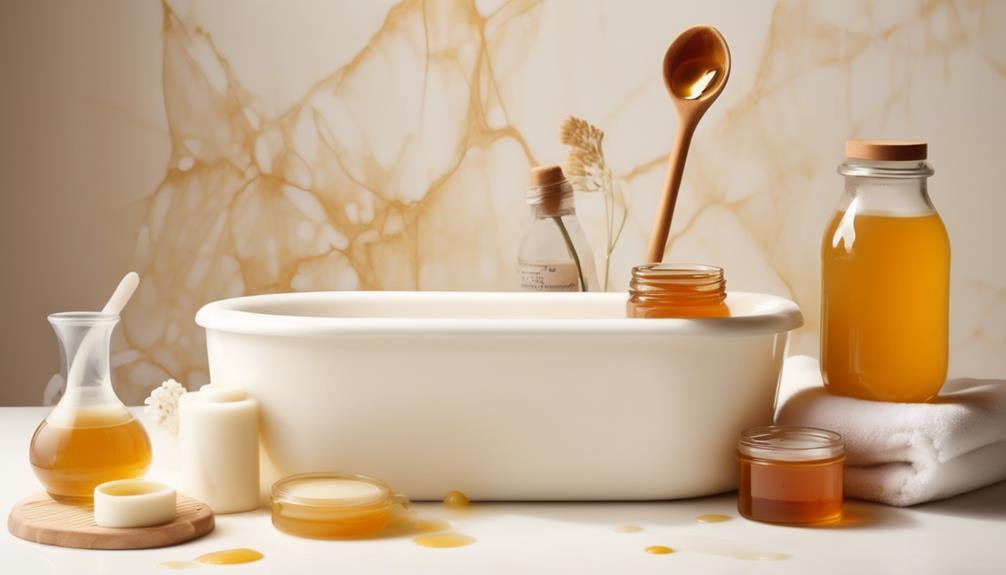
Ever wondered how to create your own luxurious milk and honey bath at home? It's simpler than you might think and can be easily done with ingredients you likely already have in your kitchen.
To start, you'll need 2 cups of milk, 1/2 cup of honey, and optionally, a few drops of essential oil for fragrance. Whole milk is recommended due to its higher fat content, which is more nourishing for the skin.
Begin by warming the honey in a microwave or on a stovetop until it becomes runny. Be careful not to overheat it, as it could cause burns. Once it's warmed, mix it with the milk in a large bowl. Stir until the honey is thoroughly dissolved. If desired, add your chosen essential oil at this point.
After your milk and honey mixture is prepared, pour it into a running bath. Stir the water to ensure the mixture is evenly distributed. Now, all you have to do is step in and soak, letting the natural nutrients of the milk and honey work their magic on your skin. Enjoy this indulgent, skin-enriching bath!
Risks and Precautions to Consider
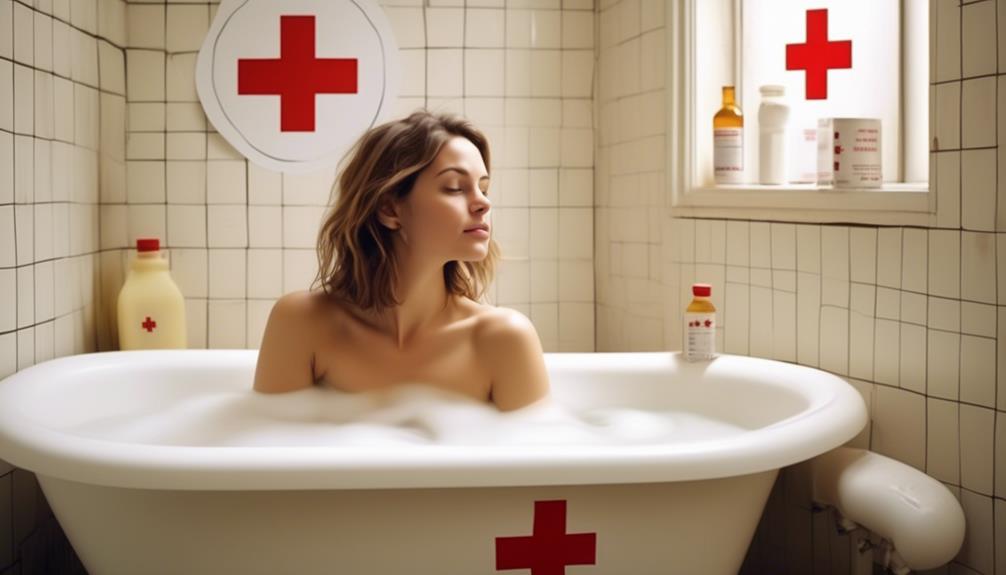
While enjoying this indulgent, skin-enriching bath, it's crucial to be aware of potential risks and necessary precautions. Though generally safe, milk and honey baths may not suit everyone. If you're lactose intolerant, a milk bath may cause skin irritation or rash. Honey, while rich in antioxidants, can attract bees and other insects if used outdoors.
It's crucial to test your skin's reaction to both milk and honey before immersing yourself in a full bath. Additionally, ensure the bath isn't too hot as hot temperatures can strip the skin of natural oils, causing dryness and damage.
Below is a table outlining some potential risks and precautions to consider:
Risk | Precaution |
|---|---|
Lactose intolerance | Test on a small patch of skin before full immersion |
Attraction of insects | Avoid using honey in outdoor baths |
Hot temperatures | Ensure bath temperature is comfortable, not overly hot |
Skin irritation | Discontinue use if any sign of irritation appears |
Slippery surfaces | Use caution when exiting the tub to prevent slips and falls |
Conclusion
In conclusion, milk and honey baths aren't just a luxurious indulgence but potentially beneficial for your skin. Science backs up the hydrating and exfoliating properties of these key ingredients. However, always exercise caution and consider any allergies before diving in.
Why not treat yourself to a DIY milk and honey bath? It could be a beneficial addition to your skincare routine and a delightful way to unwind.

